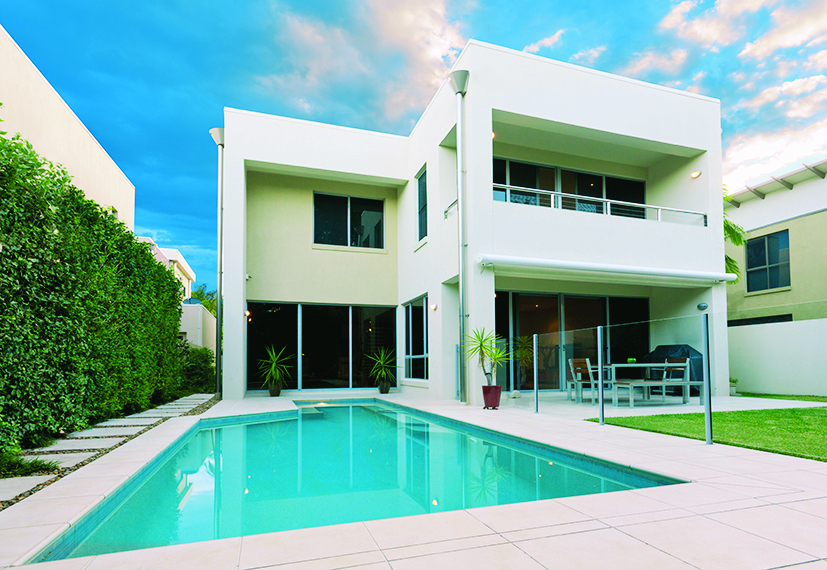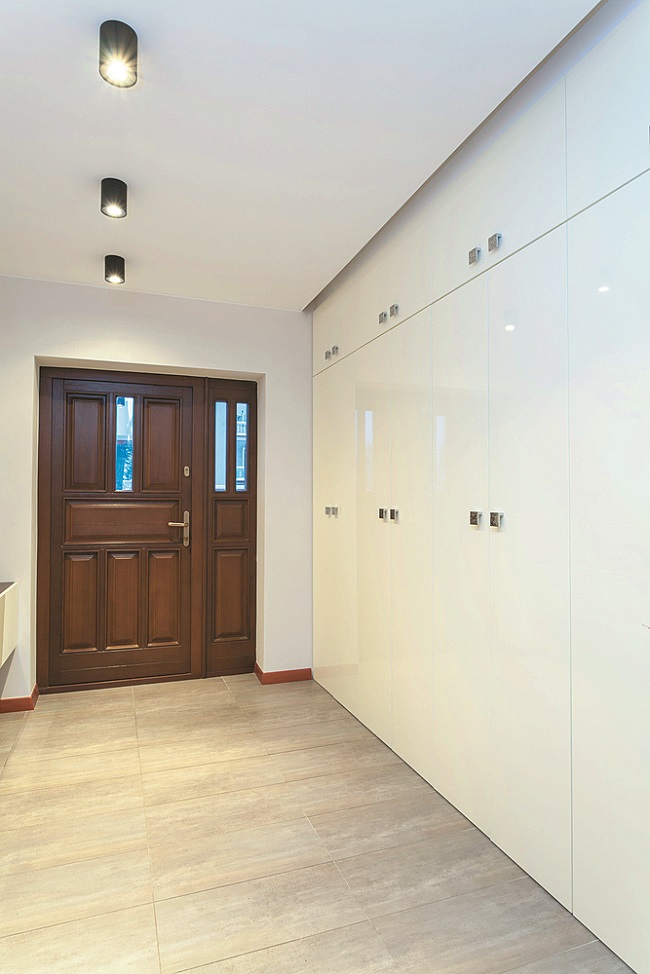With these various initiatives, owning a home is now more feasible than ever, but many first-time buyers are unaware of the -true- cost of home ownership.
Soaring property prices have been a long standing issue among aspiring Malaysian home owners, who find themselves having to scrape together a larger capital than ever to own a house.
A recent study by Demographia (a US-based urban developer researcher) further confirms what we already know – it found that Malaysia had a “severely unaffordable” residential homes market, with prices hovering at 5.5 times of median income, compared to Singapore’s 5.1 times.
Property value is considered no longer affordable when it reaches three times or more than that of median annual income.
In response to skyrocketing home prices, the Government had announced cooling measures for Budget 2014 to curb speculation that has been driving up house prices across the nation.
They include the cessation of the Developer Interest-Bearing Scheme (DIBS) – a scheme in which developers bear the interest on buyers’ housing loans until the project’s completion, and an increase inReal Property Gains Tax (RPGT) from 15% to 30% to discourage price-flipping upon completion.
RPGT is a tax on chargeable gains derived from the disposal of property within a set period. A chargeable gain is the profit when the disposal price is more than the purchase price of the property.
Meanwhile, to address housing affordability issues, the Government had geared the 10th Malaysia Plan (2011 – 2015) toward providing quality and environmentally sustainable housing for both rural and urban communities in line with their development objectives.
“ A home valued at RM400,000 with 90% margin of financing will come close to about RM20,000 in fees and charges
”
Initiatives like the Youth Housing Scheme (YHS), 1Malaysia People’s Housing (PR1MA), and the Rent-to-Own (RTO) scheme were introduced to facilitate easy access to loans and to increase housing needs for the masses.
Programmes like the Private Affordable Ownership Housing Scheme (MyHome) and the My First Home Scheme were also intended to make home ownership a possibility for the average wage-earning Malaysian.
These initiatives will continue as the 11th Malaysia Plan (2016 – 2020) unfolds next year.
Budget 2016 continues efforts to provide affordable housing
The 2016 Budget, announced on October 23, will continue to focus on providing affordable housing to meet increasing housing needs, particularly among the poor, and low-and middle-income households in line with the 11th Malaysia Plan.
The Real Estate and Housing Developers’ Association Malaysia (REHDA) views the 2016 Budget as positive and helpful for promoting home ownership for the nation, especially for the low and middle income group.
“ Owning a home is now more feasible than ever but first-time buyers are unaware of the “true” cost involved
”
“The allocation of RM200 million for deposit for first time house buyers is definitely good news to the industry especially in this current trying times. Payment for deposit has always been the biggest barrier to house entries and we fervently hope that the deposit will help spur home ownership amongst the rakyat,” REHDA’s president Datuk Seri Fateh Iskandar Mohamed Mansor said in a press release.
REHDA also lauds the Government’s move in making affordable housing a priority, saying it is indeed a step in the right direction towards encouraging the people to own properties.
What should first-time home buyers look out for?
With these various initiatives, owning a home is now more feasible than ever. However, many first-time buyers are unaware of the “true” cost of home ownership.
When it comes to purchasing property, the first thing that comes to mind is always the initial down payment.
Most banks in Malaysia offer up to 90% of the property’s price (margin of financing) for your first two residential properties. If you receive 90% financing, you need to pay 10% cash for the rest of the property’s price.
So for example, if you are eyeing an apartment unit in Puchong for approximately RM400,000, you will need to pay a minimum RM40,000 upfront.
The First House Deposit Financing Scheme announced in Budget 2016 will assist first-time home buyers in making the down payment. However, the mechanism and the bracket for house prices under the scheme is still unclear.
It could also be rolled out later in the year such as the Youth Housing Scheme, which was announced in Budget 2015, but was only introduced in July this year.
Buying and financing a home takes a lot more than just paying the deposit and the loan. Far from it, it also involves a number of miscellaneous fees and charges that many first-time home buyers tend to overlook.
To put things into perspective, a home valued at RM400,000 with 90% margin of financing will come close to about RM20,000 in fees and charges – that’s how much more you will have to pay beyond the down payment to make the sale happen!
Then there is the question of choosing the right home loan for you once you’ve gotten these details down.
Younger home buyers will have the advantage of stretching their home loan tenure to a maximum of 35 years.
This means lower monthly repayment, making the dream of owning a home a much more attainable one.
First time home buyers with good credit rating will also be offered 90% financing, which brings the down payment down to the minimum of 10%.
Also, do you want it fixed or variable?
The interest rate for a fixed loan will remain constant throughout your tenure, which is good if interest rate spike, but if the rate drops, you will miss out on any savings.
You will need to weigh all the pros and cons for your individual circumstances to get the lowdown on the benefits of both types of loan.
Meanwhile, getting a flexible mortgage scheme features lower rates and payments early on in the loan term. However, rates and payments can rise significantly over the life of the loan. Compare the best mortgage loans in Malaysia using our home loan calculator.
Affordable housing by the Government can only do so much, if you don’t have the proper financial planning to own a home, you will still not be able to buy one.
There is nothing you can do about the flailing economy, but you can find a way to make your money work harder for you by using the right credit card.
iMoney.my

































